
Both genders have their own stereotypical training methods when they head to the gym.
Generally speaking, guys will tend to spend too much time on the muscles they can see in the mirror — pecs, biceps, abs — and not enough on crucial areas like the back, hamstrings and lower body in general. Women wear a different set of blinders, which makes them no better or worse than men, just different.
According to Oxygen magazine, the following are four of the most common mistakes that women make while at the gym, along with tips on how to correct them on your next visit to see the kind of results you want.
Doing Too Much Cardio
You see it at health clubs across the nation: dozens of people, a majority of them women, lined up on treadmills and ellipticals, going nowhere. Gym-goers spend countless hours performing steady-state cardio as a means of burning body fat and losing weight. Unfortunately, most of this time is wasted because this kind of low-intensity exercise is far from the most efficient way of leaning out.
“When most people think of weight loss, they associate it with sweating and believe that running and other forms of steady-state cardio are the best way to produce the results they want,” says Jessica Janicek, a New York-based personal trainer. “However, this may not be intense enough for someone looking to lose significant amounts of fat. One may think the answer is to run harder for longer, but that may actually be more detrimental. Running not only pounds on your knees, joints and back, but it can potentially cause the body to go into muscle-burning mode. At that point, your body is not burning the fat you want gone.”
The key to torching fat and transforming your body is intensity. Weight training, when performed intensely with sufficient volume, is as effective as anything at increasing metabolism and getting leaner. Using cardio to burn fat is fine, but it needs to be fast-paced and challenging. Follow a high-intensity interval training regiment for cardio sessions.
“Intervals are probably the best way to go about burning fat,” Janicek says. “Whether on a treadmill or in your neighborhood, you want to aim for a sprint of 30 to 45 seconds followed by a light jog or brisk walk for about one minute. This spike in heart rate, then stabilization, then spike again, is what puts the body into a fat-burning/cardiovascular-conditioning mode instead of a muscle-deteriorating one.”
Fix It: For HIIT cardio sessions, follow a 2:1 active-rest-to-work ratio, making sure each work interval is done with all-out effort, regardless of the activity. It could be anything from sprinting outdoors to riding hard on a stationary bike to doing continuous burpees. Because of the high intensity, HIIT sessions shouldn’t last long, somewhere around 10 to 20 minutes, depending on your fitness level. Two to three of these workouts a week in addition to regular resistance training and a clean diet will ensure maximum fat burning.
Going Too Light
It’s practically a rule of thumb among the general public: Men use heavy weights; women go light. There might as well be a dividing line on the dumbbell rack, where the big weights (40 pounds and up) are for boys only and girls can use the colorful 5- and 10-pounders. But don’t worry, picking up a heavy weight and lifting it for a challenging set of eight to 10 reps won’t make you look like a bodybuilder; women’s natural testosterone levels aren’t high enough for that, and you’re probably not consuming 5,000 calories a day, either.
“I hear this a lot when my female clients first come to me to train: ‘I just want to tone up and lose some weight. I don’t want to be all muscles and look weird,’” says Liz Jackson, an Oklahoma-based trainer. “My response is the same for all of them: In order for you to have shape and definition, you must first have some hypertrophy [growth] of the muscle. You accomplish this by lifting a challenging weight for you. If 10 pounds is heavy for you at the beginning, that’s fine. But you need to be struggling by the end of your set on the last two to three repetitions.”
Where that 10-pound weight is concerned, it might be heavy for you on lateral raises and biceps curls (exercises that usually don’t allow for big weights), but for most women, a pair of 10s will be too easy for a 10-rep set on moves like shoulder and chest presses, dumbbell rows, squats and lunges. If you can just overcome the fear of getting too big and bulky, lifting heavier will help you achieve a goal that will please an overwhelming majority of women (and men, for that matter): increased fat burning.
“Women have to fight for every ounce of muscle they’re able to put on their frames,” Jackson says. “Which means you must pick up a dumbbell that’s heavier than your purse! When you train properly with weights, you increase your metabolic rate for up to 24 to 48 hours after the workout because of muscle repair. The more muscle you have, the higher your metabolism will be because muscle is active tissue, unlike body fat, which requires very few calories to maintain once it’s in place.”
Fix It: It’s widely understood that sets in the eight- to 12-rep range are ideal for building muscle (hypertrophy), so if you’re currently doing 15 to 20 or more reps per set, pick up a heavier weight. For starters, pick one or two exercises per muscle group and limit yourself to no more than 12 reps per set. If the 11th and 12th reps aren’t challenging, increase the weight. Keep in mind, not every set you do has to be heavy and fall in the eight- to 12-rep range; doing a mix of low, moderate and high reps is always a good idea to keep the muscles guessing.
Fearing Free Weights
Many big-box gyms have a row of resistance-training machines that work all the major muscle groups in the body. Do all these machines in order and you’ve just completed a head-to-toe workout without even having to think. But this mindless machine circuit is really just holding you back, particularly women, who can be intimidated by the barbells and dumbbells scattered on the weight-room floor.
“As politically incorrect as it is to say, the gym is broken down into two sections: the boys’ section and the girls’ section,” Janicek says. “The boys’ section is the free-weight room, filled with dumbbells, squat racks and benches, leaving the ladies to the cardio section, aerobics room and machines. Well, ladies, it’s time to invade and break the stereotype! While machines are good for isolation exercises, there are so many more benefits to training with free weights.”
Generally speaking, free weights are going to give you more “bang for your buck” in the gym. When you do an exercise on a machine, the target muscle — and little else — is being worked. But perform the same movement with a barbell or a pair of dumbbells, and a host of other muscles are forced to help complete the exercise.
“Because free weights aren’t on a pulley system and don’t only move in a rigid, straight path of motion, they require you to incorporate more stabilizing muscles into each exercise,” Janicek says. “For example, using a machine shoulder press versus a standing dumbbell shoulder press, the machine is going to hone in on your shoulders, but you’re limited in your range of motion (straight up and straight down only). With the free-weight shoulder press, your legs are in a supportive stance while your abs and lower back are tight and positioned to support and stabilize the overhead movement, allowing them to get their own little workout. Because there are so many muscle groups being incorporated, you’re going to burn more calories and fat faster, which is going to give you a more toned, fit, healthy look faster than isolation machines.”
Fix It: Emphasizing free weights over machines is especially beneficial when training the lower body, Janicek says.
Neglecting Chest and Back
Prioritizing muscle groups — increasing volume and intensity on your weak areas — is all well and good. But when certain body parts like quads, glutes and arms get all the attention and others are more or less ignored, that’s neglect that over time will lead to muscular imbalances and potential injury. Just as men often devalue lower-body training in favor of upper-body training, women tend to be just the opposite, brushing aside two major areas in particular.
“The most undertrained muscle groups I see in women are probably chest and back,” Jackson says. “You should see the looks I get when I tell a female client to do a push-up. But working the chest hard can do such positive things for women. (One) great benefit of working your chest is the collarbone line and shape enhancement. The more tone you have, the more beautiful your lines.”
As for back, pull-ups and bent-over rows aren’t just for men. Not only are posterior muscles like the lats, rhomboids and middle traps visible from behind when wearing a strapless dress or tank top, but the back is also one of the most injured parts of the body.
“Very simple moves done to tone this area will make you look as great from the back as you do the front,” Jackson says. “And back training is also great training for proper posture and spine health. Back pain is something many of my clients complain of when they first come to me, but after proper training — even just a couple of weeks of it — their pain has decreased and they have better stamina for their jobs, whether it’s office or physical work.”
To learn more about incorporating free weights or a high-intensity interval training program into your workout routine, contact us at 216-236-3674.
Recent posts
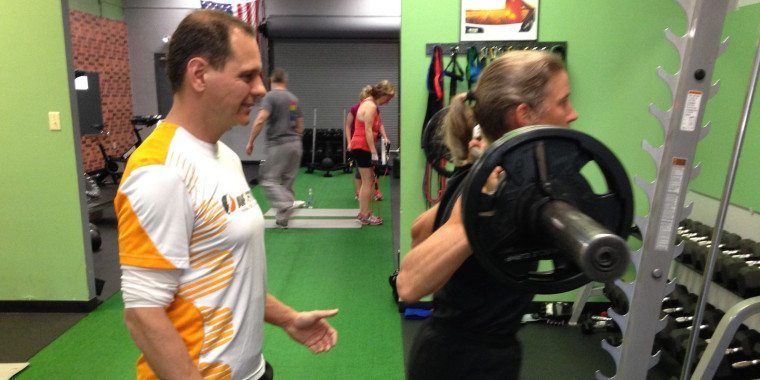

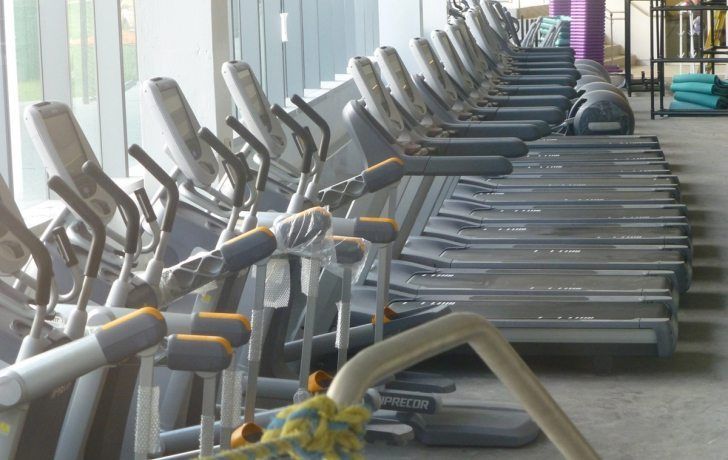
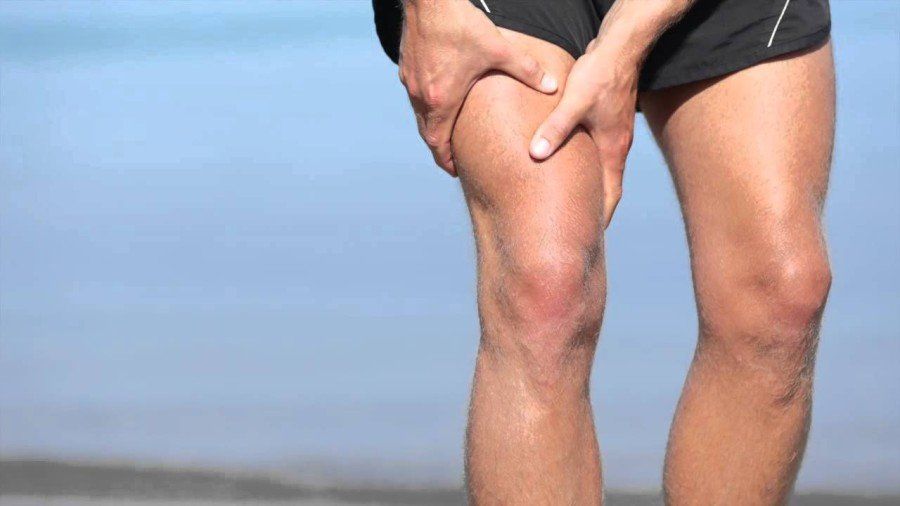
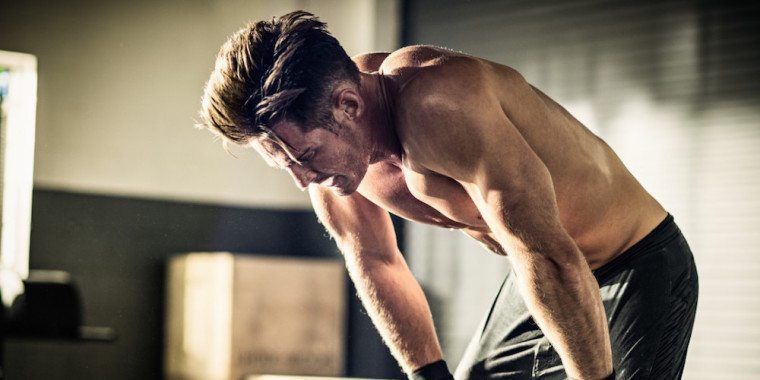
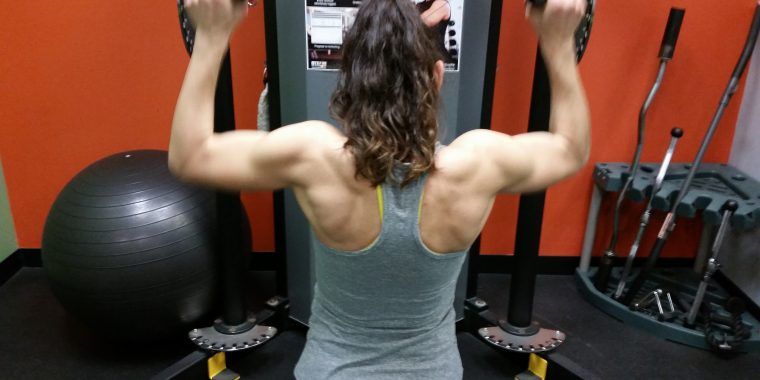



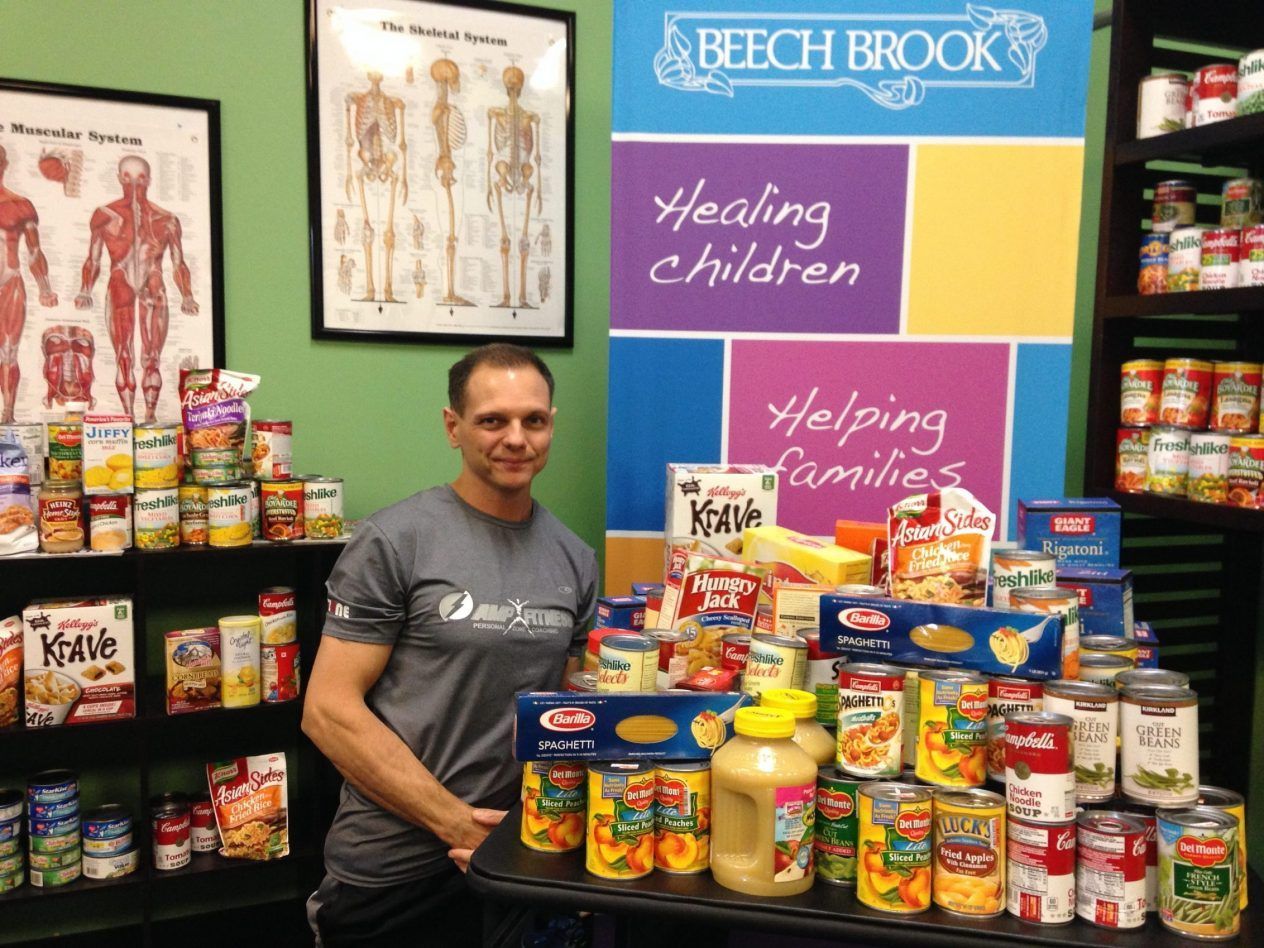










QUICK LINKS
PHONE: 216-831-3674
EMAIL: INFO@AMPFITNESS.COM
ADDRESS: 23436 COMMERCE PARK, BEACHWOOD, OHIO USA 44122
BUSINESS HOURS
MONDAY: 6:00 AM – 8:00 PM
TUESDAY: 6:00 AM – 8:00 PM
THURSDAY: 6:00 AM – 8:00 PM
FRIDAY: 6:00 AM – 8:00 PM
WEDNESDAY: 6:00 AM – 8:00 PM
SATURDAY: 7:00 AM – 1:00 PM

